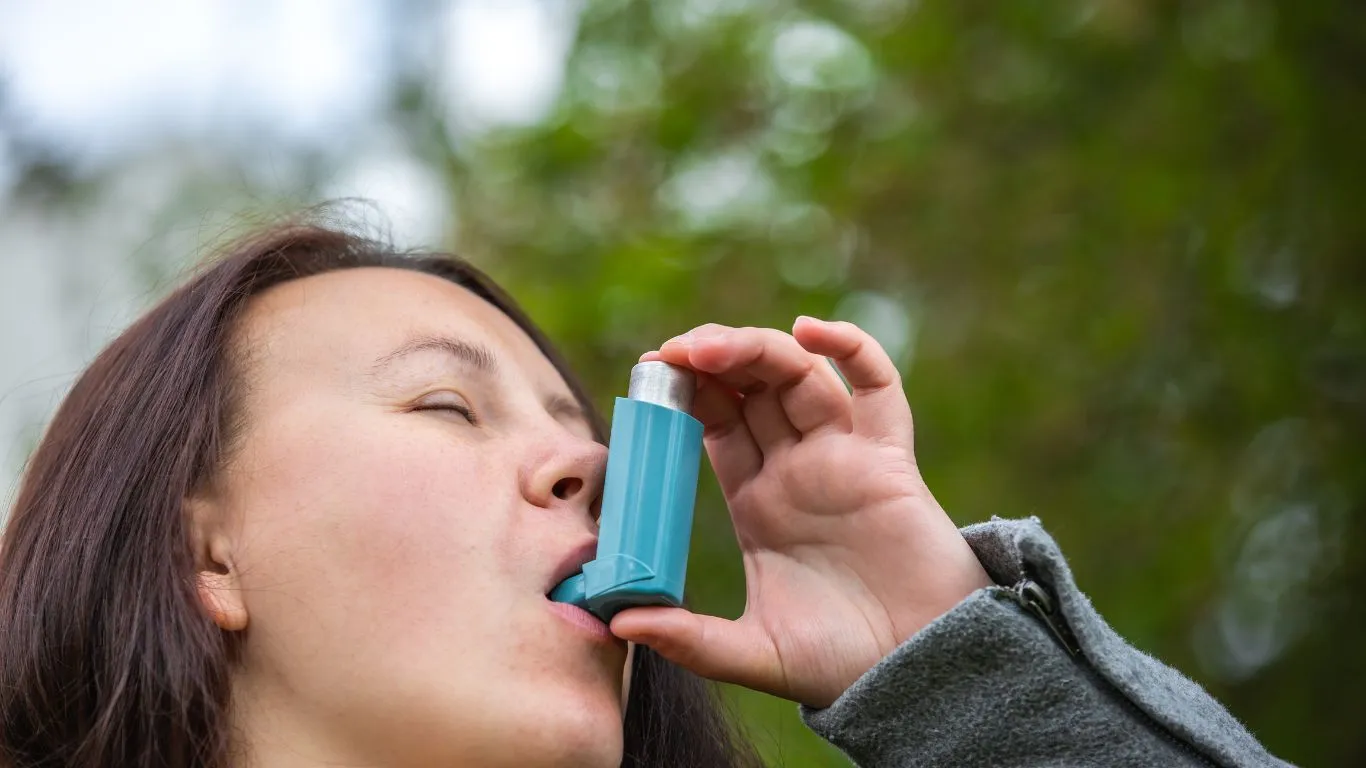How to Improve Lung Function with Asthma: A Practical Guide
html
Struggling with asthma and wondering how you can breathe easier? You’re not alone, and the good news is that there are practical ways to improve lung function, even with asthma!

Understanding Asthma and Lung Function
Asthma happens when your airways get inflamed, making it harder to breathe. Think of your airways like little tubes—when they’re tight or filled with mucus, air struggles to flow through. This is why improving lung function is key. Your lungs are super resilient, though, and with the right approach, you can make breathing less of a struggle. It’s not about “fixing” your asthma (since there’s no cure), but about managing it so your lungs work as smoothly as possible.
Top Tips to Improve Lung Function with Asthma
1. Practice Breathing Exercises
Breathing exercises aren’t just for yoga enthusiasts—they’re amazing for asthma! Techniques like pursed-lip breathing and diaphragmatic breathing can help you get more oxygen into your lungs.

- Pursed-lip breathing: Breathe in slowly through your nose, then exhale through pursed lips (like you’re whistling). This keeps your airways open longer and helps push out trapped air.
- Diaphragmatic breathing: Lie on your back and place one hand on your chest and the other on your belly. Breathe deeply into your belly (not your chest) to strengthen your diaphragm.
2. Stay Active (But Pace Yourself)
Exercise can feel intimidating if asthma flares up when you’re active, but it’s one of the best ways to boost lung health. The key? Go slow and pick activities that work for you.
- Low-impact workouts: Swimming or walking are great because they’re easier on your lungs.
- Always warm up and cool down—this helps your lungs adjust.
- Keep your inhaler handy, just in case.

Over time, regular exercise strengthens your lungs and improves endurance.
3. Avoid Triggers
This one’s huge. Common asthma triggers—like pollen, smoke, or even stress—can sabotage your lung health. Here’s how to dodge them:
- Use an air purifier at home to reduce allergens.
- If you’re sensitive to cold air, wear a scarf over your nose and mouth in chilly weather.
- Manage stress with relaxation techniques (meditation, journaling, whatever works for you).
4. Keep Your Meds in Check
I know—it’s easy to forget your inhaler or skip a dose of your controller medication when you’re feeling fine. But staying consistent with your meds is super important. They keep inflammation down, making it easier to breathe in the long run. Check in with your doctor regularly to make sure your treatment plan is working for you.
5. Eat for Lung Health
What you eat can totally impact how well your lungs work. Foods rich in antioxidants, omega-3s, and vitamins can reduce inflammation and keep your airways happy.
- Best foods: Salmon, spinach, oranges, almonds, and blueberries.
- Foods to avoid: Dairy (if it increases mucus for you), fried foods, and anything overly processed.
6. Try Steam Therapy
Ever notice how your lungs feel clearer after a steamy shower? Steam helps loosen mucus and reduces airway inflammation.
- Fill a bowl with hot water, drape a towel over your head, and breathe deeply for a few minutes. Bonus: it’s super relaxing.
7. Quit Smoking (or Avoid Secondhand Smoke)
If you smoke, quitting is hands-down the best thing you can do for your lungs. And if you don’t, steer clear of smoky environments—smoke can irritate your airways and make asthma worse.

When to See a Doctor
If you’re doing all the right things and still struggling to catch your breath, it might be time to talk to your doctor. Symptoms like frequent wheezing, waking up short of breath, or needing your rescue inhaler a lot are signs your asthma isn’t under control.
html
FAQs
- Can exercise improve lung function if I have asthma? Absolutely! Regular, low-impact exercise can strengthen your lungs. Just pace yourself and use your inhaler as needed.
- Are there any specific foods that help with asthma? Foods high in antioxidants (like berries) and omega-3s (like fish) can reduce inflammation and improve lung health.
- How often should I practice breathing exercises? A few minutes a day is a great start. Over time, they’ll become second nature and make a big difference.
- Does steam therapy really help with asthma? Yep! Steam can loosen mucus and make breathing easier, especially during flare-ups.
- What’s the best way to avoid asthma triggers? Identify your personal triggers (e.g., pollen, dust) and take proactive steps like using an air purifier or avoiding outdoor activities during high-pollen times.
References
- Asthma and Lung Function: Improving Quality of Life. American Lung Association.
- Smith, J. & Brown, K. (2023). Breathing Techniques for Asthma. Journal of Pulmonary Health.
- National Institutes of Health. (2024). Tips for Managing Asthma Symptoms.
Disclaimer: This article is for informational purposes only. Always consult your doctor or healthcare provider for personalized medical advice. Asthma care is unique to each person, and professional guidance is key.

Bianca Nala is a compassionate Nurse Practitioner with a strong background in primary and respiratory care. As a health writer for Healthusias.com, she combines her clinical expertise with a talent for clear, relatable storytelling to help readers better understand their health. Bianca focuses on topics like asthma, COPD, chronic cough, and overall lung health, aiming to simplify complex medical topics without losing accuracy. Whether she’s treating patients or writing articles, Bianca is driven by a single goal: making quality healthcare knowledge accessible to everyone.





